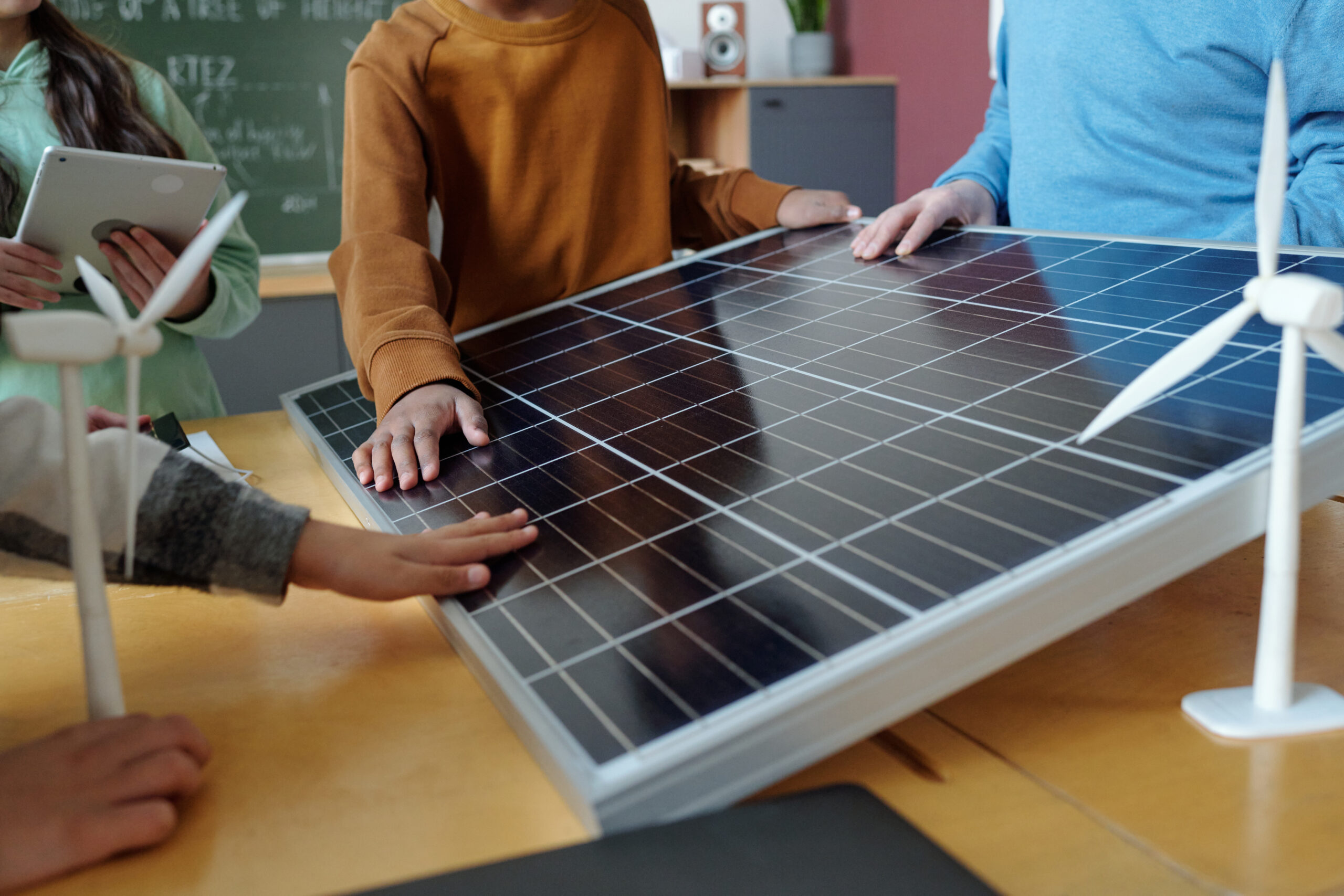What Exactly Are PV Solar Panels?
PV (photovoltaic) solar panels are devices that convert sunlight directly into electricity. Unlike thermal solar panels that use heat, PV solar panels rely on the photovoltaic effect to generate power. Each panel is composed of numerous solar cells, typically made from silicon, that act as semiconductors.
How Do PV Solar Panels Generate Electricity?
When sunlight strikes the solar cells within a PV panel, it excites electrons, creating a flow of electric current. This current is then captured and converted into usable electricity through an inverter. The inverter transforms the direct current (DC) produced by the solar cells into alternating current (AC), which powers most homes and appliances.
What is the Photovoltaic Effect?
The photovoltaic effect is the principle behind PV solar panels. It occurs when photons from sunlight knock electrons into a higher state of energy, resulting in an electrical current. This phenomenon forms the basis of converting solar energy into electricity. Advances in photovoltaic technology continue to improve the efficiency and affordability of solar energy systems.
How Efficient Are PV Solar Panels?
Efficiency varies with technology, but modern PV solar panels typically convert around 15-20% of the sunlight they receive into electricity. While this may seem low, advances in technology are continually improving these rates. More efficient panels mean more power from the same amount of sunlight, making them a valuable investment.
What Components Make Up a PV Solar System?
A complete PV solar system includes solar panels, an inverter to convert DC to AC electricity, mounting equipment, and often a battery storage system. Each component is essential for the system to operate efficiently. The inverter is crucial for ensuring the electricity is compatible with your home, while batteries store excess energy for later use.
How Do Different Types of PV Solar Panels Compare?
There are several types of PV solar panels, including monocrystalline, polycrystalline, and thin-film panels. Monocrystalline panels are generally the most efficient and durable, with higher efficiency rates and longer lifespans. Polycrystalline panels are slightly less efficient but often more cost-effective. Thin-film panels are lighter and more flexible, making them suitable for specific applications.
What Are the Installation Requirements?
Installing PV solar panels involves assessing your roof’s suitability, acquiring necessary permits, and possibly upgrading your electrical system. Professional installation ensures everything is set up correctly and safely. It’s essential to consider factors like roof orientation, shading, and structural integrity. Additionally, researching government incentives or rebates can significantly reduce installation costs.
Ready to Go Solar?
Contact Renaissance Solar Today! Are you ready to switch to renewable energy? Contact Renaissance Solar for a consultation and discover how PV solar panels can benefit your home. We offer expertise in installation and system design, ensuring you maximise your solar investment and reduce your carbon footprint. Our team is dedicated to providing personalised solutions that meet your energy needs and budget.

